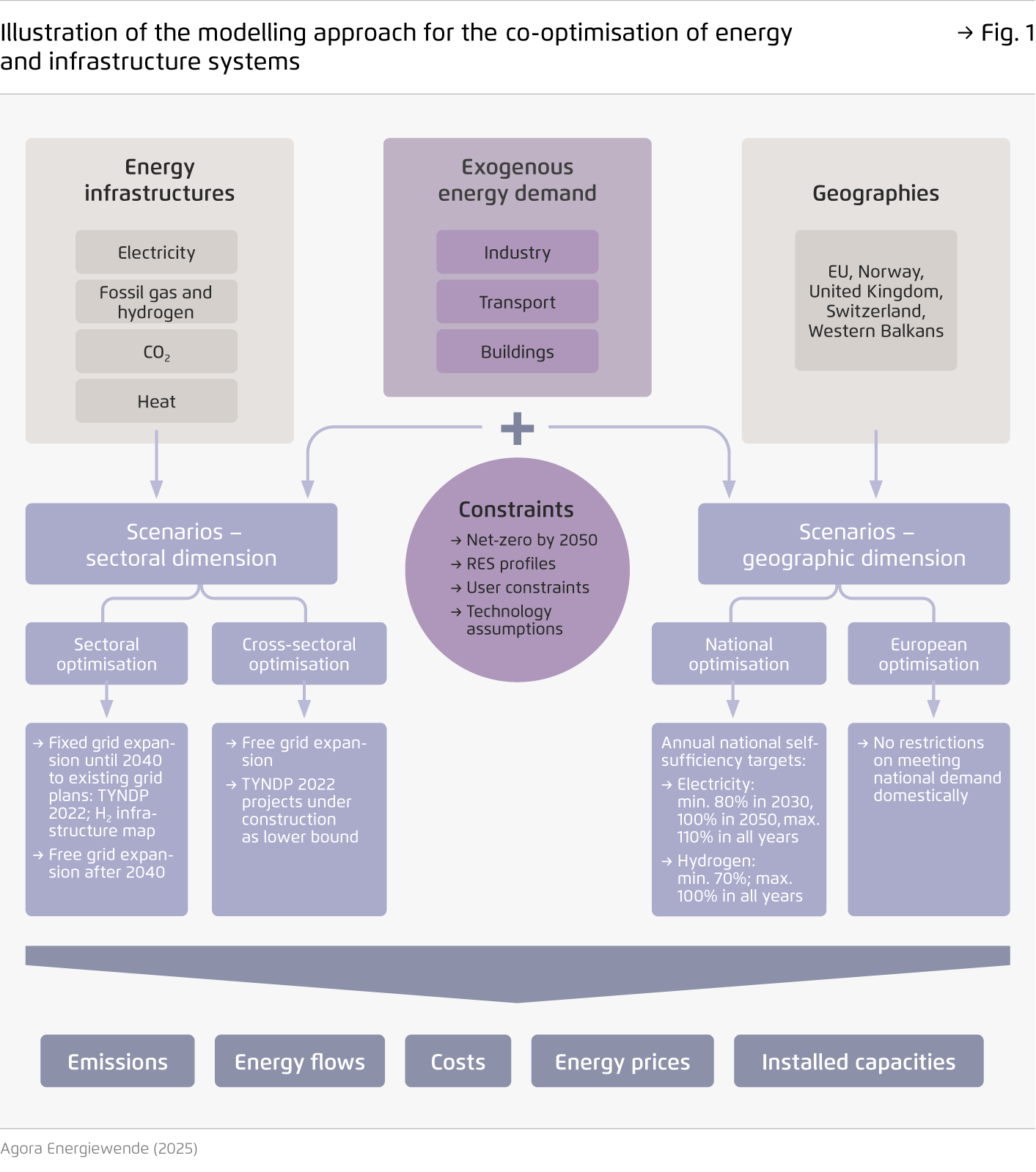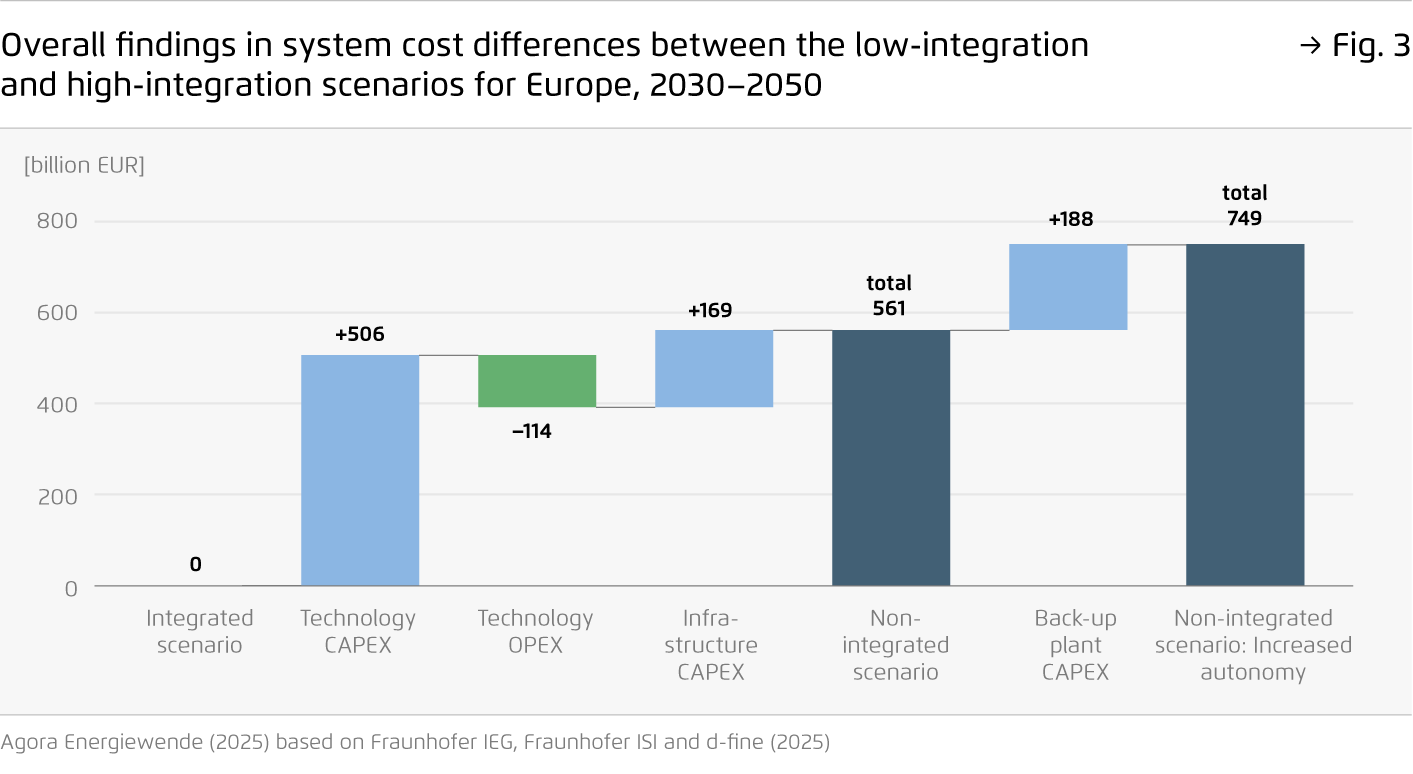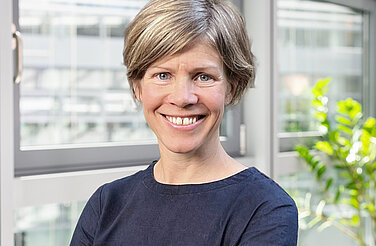-
Infrastructure underpins Europe’s transition to climate neutrality and a competitive economy.
As the energy system shifts to variable renewables, flexibility and clean molecules, the supporting networks must also evolve. The power grid needs to expand in length and capacity, with interconnection becoming increasingly crucial. The need for fossil gas pipelines will rapidly decline, while new infrastructure is needed for hydrogen and carbon dioxide. Planning must keep pace to deliver timely, efficient buildout for a modern energy system.
-
Europe can reduce its energy system costs – by over an estimated 560 billion euros between 2030 and 2050 – and make itself more resilient and secure by optimising its infrastructure investment.
Without forward-looking planning, there is a risk of inefficient investments or bottlenecks that could slow the energy transition and create stranded assets. At the same time, an integrated approach will unlock efficiency gains, direct investments to where they are most needed and maximise the benefits of a flexible and secure energy system.
-
To ensure that the requisite infrastructure is developed as a cohesive and connected network, the first step would be to task an existing European entity to undertake system-wide modelling.
Energy modelling across Europe and across sectors can identify efficiencies and solutions to meet energy needs effectively, at the lowest cost and in line with policy priorities. This high-level framework can align bottom-up planning processes, ensuring that energy system plans function together seamlessly.
-
To align with climate neutrality and the shifting energy system, Europe’s infrastructure-planning governance needs updating.
This means prioritising electricity grids and end-use efficiency, and limiting hydrogen, methane and CO₂ networks to clearly defined industrial and regional clusters. EU-level coordination, for example through an independent agency, could enhance transparency and accountability across the energy system.
Designing energy infrastructure for a climate-neutral Europe
Solutions for cost-effective system development

Summary
Europe’s energy infrastructure is the backbone of the EU’s transition to climate neutrality and key to unlocking energy efficiency, system flexibility and renewable energy resources. This analysis, based on comprehensive energy system modelling across energy vectors and across Europe shows that coordinated infrastructure investments – even with conservative input assumptions – could deliver benefits of up to 561 billion euros, rising to 750 billion euros when avoided back-up generation costs are included.
On the basis of this modelling and extensive stakeholder discussions, the paper outlines three priorities for energy infrastructure planning. The first is to embed top-down, integrated, independent and transparent modelling in planning governance. The second is to align planning with the direction of the energy transition by prioritising electricity infrastructure and developing infrastructure for molecules through a cluster approach. The third is to identify priority infrastructure corridors based on system-wide co-optimisation, to incentivise investment, strengthen regional and cross-border coordination and accelerate the build-out needed for a net-zero future.
Key findings
Bibliographical data
Downloads
-
Impulse
pdf 987 KB
Designing energy infrastructure for a climate-neutral Europe
Solutions for cost-effective system development
All figures in this publication
Illustration of the modelling approach for the co-optimisation of energy and infrastructure systems
Figure 1 from Designing energy infrastructure for a climate-neutral Europe on page 9

Including system-wide modelling in infrastructure planning
Figure 2 from Designing energy infrastructure for a climate-neutral Europe on page 15








